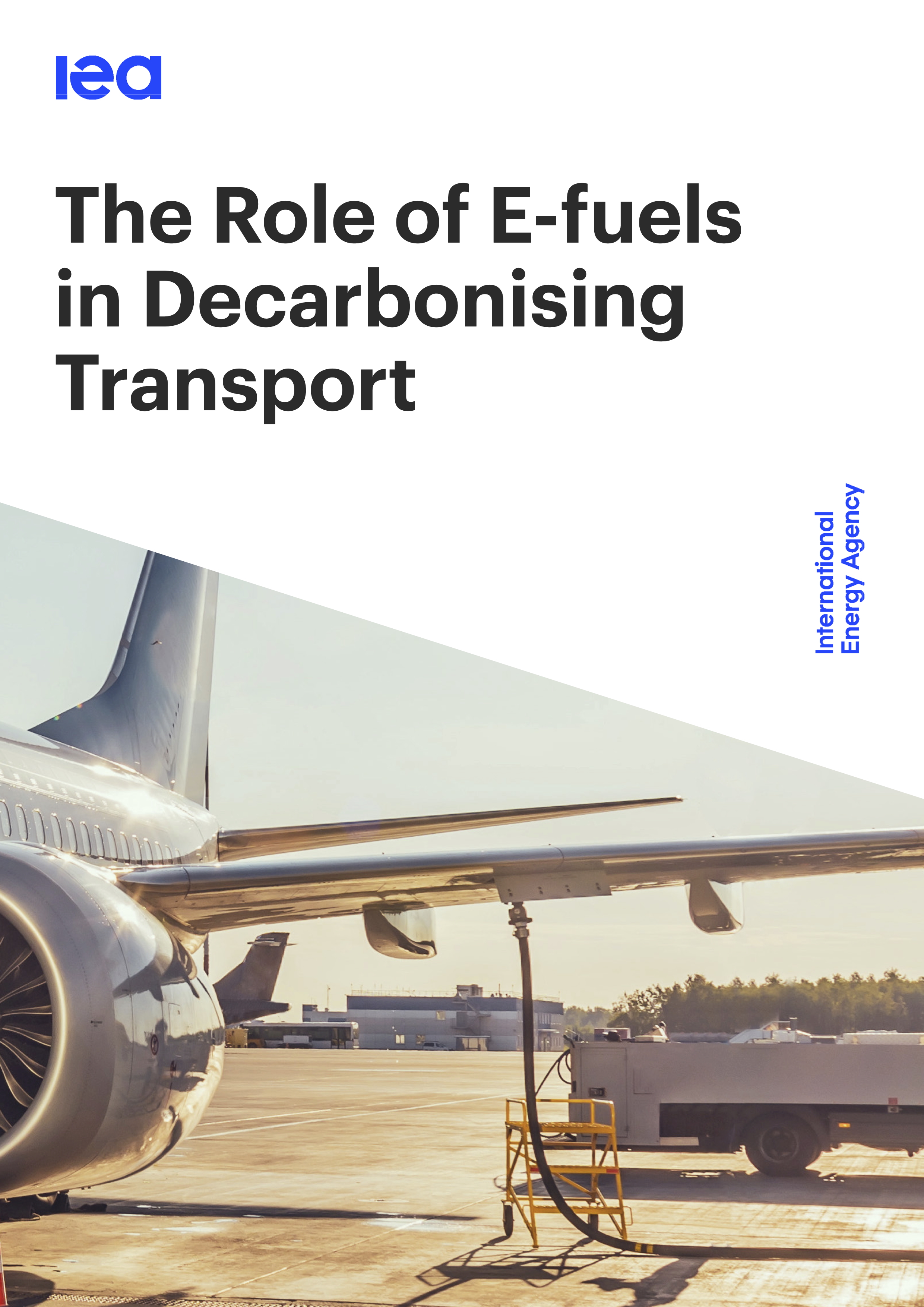Progress in the Commercialisation of Biojet / Sustainable Aviation Fuels: Technologies, potential and challenges

In the latest report of the IEA Bioenergy related to Biojet / Sustainable Aviation Fuels (SAF), it becomes clear that SAF mist play a major role in the aviation sector to significantly reduce its carbon footprint. The IEA expects an increase of biojet fuels from <10 million litres in 2018 to possibly more than 1 billion litres by 2023, mainly derived from oleochemicals/lipids. This is mainly the upgrading of fats, oils and greases (FOGs) to HEFA-SPK (hydrotreated easters and fatty acids synthesised paraffinic kerosene) and biojet production, which route is fully commercialised. It is therefore expected that the HEFA-pathway will predominate for at least the next ten-to-fifteen years.
Other technologies as Fischer-Tropsch gasification and alcohol-to-jet technologies processes produce multiple fuel products which typically include a biojet fuel fraction, which will he influenced by market demand, economics and policy drivers. In the report, they elaborate on the different technologies and the potentials of these:
- HEFA technology: This pathway is fully commercialised. Improvements can be done in reducing both the costs and carbon intensity of the oleochemical feedstocks (e.g. used cooking oil). Although there are several new potential feedstocks, this feedstock base is finite and thus there should be looked into more existing and evolving oilseed crops to increase the oleochemical feedstock availability.
- Gasification and Fischer-Tropsch synthesis: The major challenge of this pathway is the high investment costs for constructing new facilities, and the need for cleanup of the raw syngas prior to the Fischer-Tropsch synthesis, with feedstock variability and different levels of contaminants increasing complexity and costs. Technical improvements are currently the faster reaction rates and the development of bifunctional catalysts that can produce a larger jet fraction (up to 70%). Next to this, the potential of low-cost feedstocks as municipal solid waste is explored.
- Pyrolysis and hydrothermal liquefaction (HTL)-based technologies: With this technology, there are still challenges that need to be resolved, mainly related to the removal of high oxygen levels from the biomass feedstock, high hydrogen requirements and catalyst stability. It is expected that this technology will take some times (several) to develop and that the biojet fuel based on this technology will be available after 2030 at earliest. This is because currently, there is not enough volume of bio crude available to do the upgrading and complete the testing of the biojet for certification.
- Alcohol-to-jet technologies: Current AtJ technologies which are certified are isobutabol and ethanol-to-jet. There are a few facilities running at the moment, with commercial facilities opening by 2023 (Gevo) and 2024 (Lanzajet). The main challenge is the production of the alcohol feedstock, thus, improvements can be made in optimising the biochemical production of the alcohol by maximising yield, productivity and titer. This can be done by e.g. genetic modification of the microbial stream to make the alcohol, while costs reductions can be achieved by enhancing alcohol removal from the fermentation broth.
- Power-to-Liquids (PtL) technologies: PtL technologies have a high potential to produce very low carbon intensive fuels, however, there is a need of (having access) cheap, renewable electricity. With the expected upcoming need in electricity in other sectors (as EVs or for hydrogen production), this pathway might end up in a competition, and it is expected that the PtL technologies will be more expensive than many other technologies.
- Coprocessing technologies: coprocessing of liquid intermediates as lipids, biocrudes and FT liquids is existing petroleum refineries is of increasing interest. This is mainly the fluid catalytic cracker (FCC) and the diesel hydro treater. However, due to a small restricted blend ratio in coprocessing (only 5%), the amount of renewable molecules in any final jet product is likely to be low.
The report closes with some alarming statements: current production is less than 150 million litres per year which is considerably less than 0.5% of total jet fuel demand. With HEFA as the main pathway, other technologies are only at the pioneering stage of development. Significant technology challenges need to be resolved, for example upgrading challenges (HTL and pyrolysis), achieving higher biojet yields and dealing with variable bio-feedstocks with different chemistry and contaminants. The report finalises with the important message that policy plays a very important role in trying to bridge the price gap, as minimum selling proces for biojet fuel are significantly higher than that of fossil derived jet fuel.
Recente artikelen
IEA: Delivering Sustainable Fuels: Pathways to 2035

IEA: The Role of E-fuels in Decarbonising Transport (revised version)


